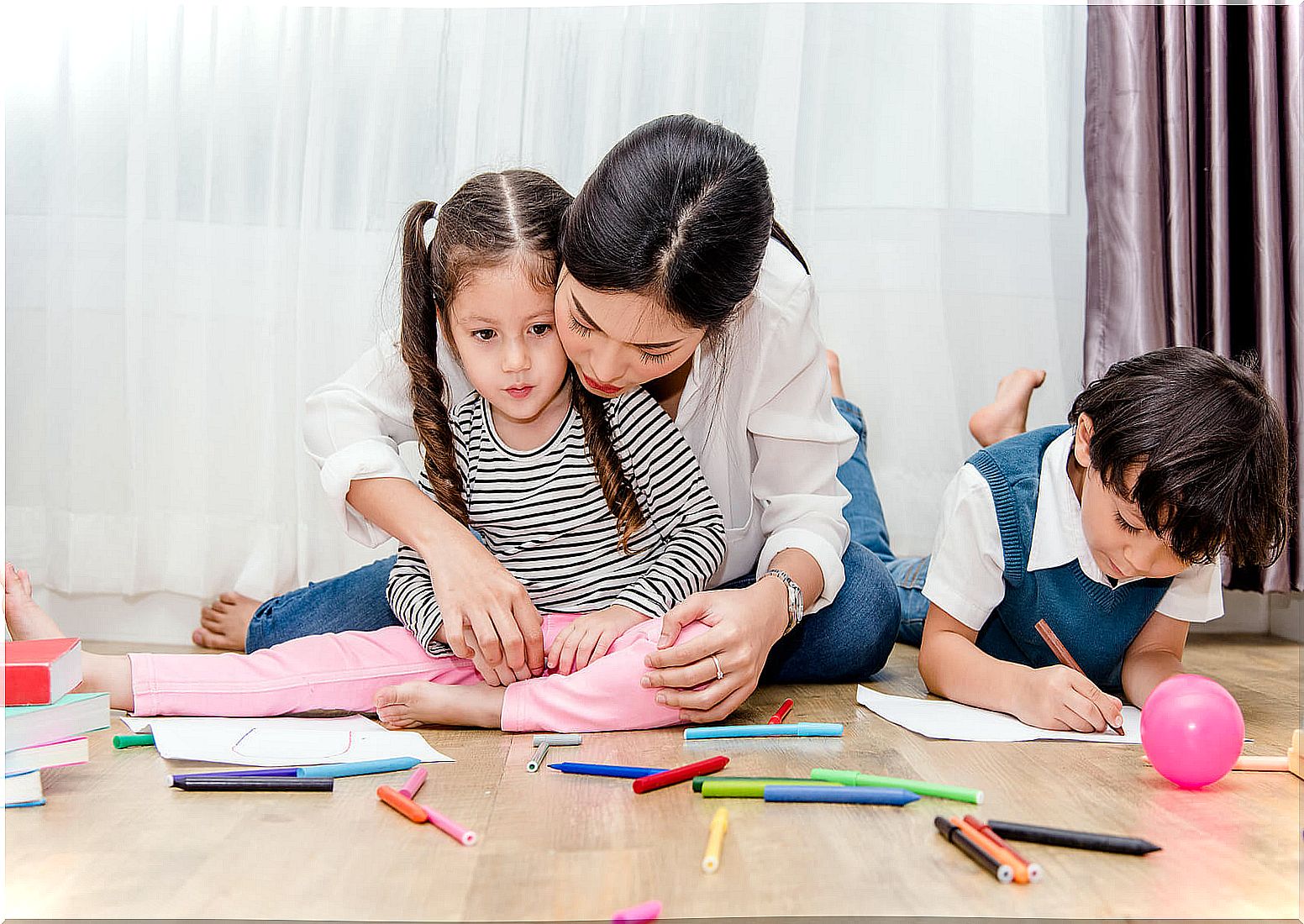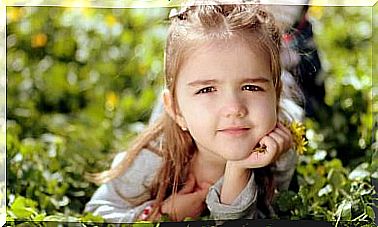Drawing As The Child’s First Writing
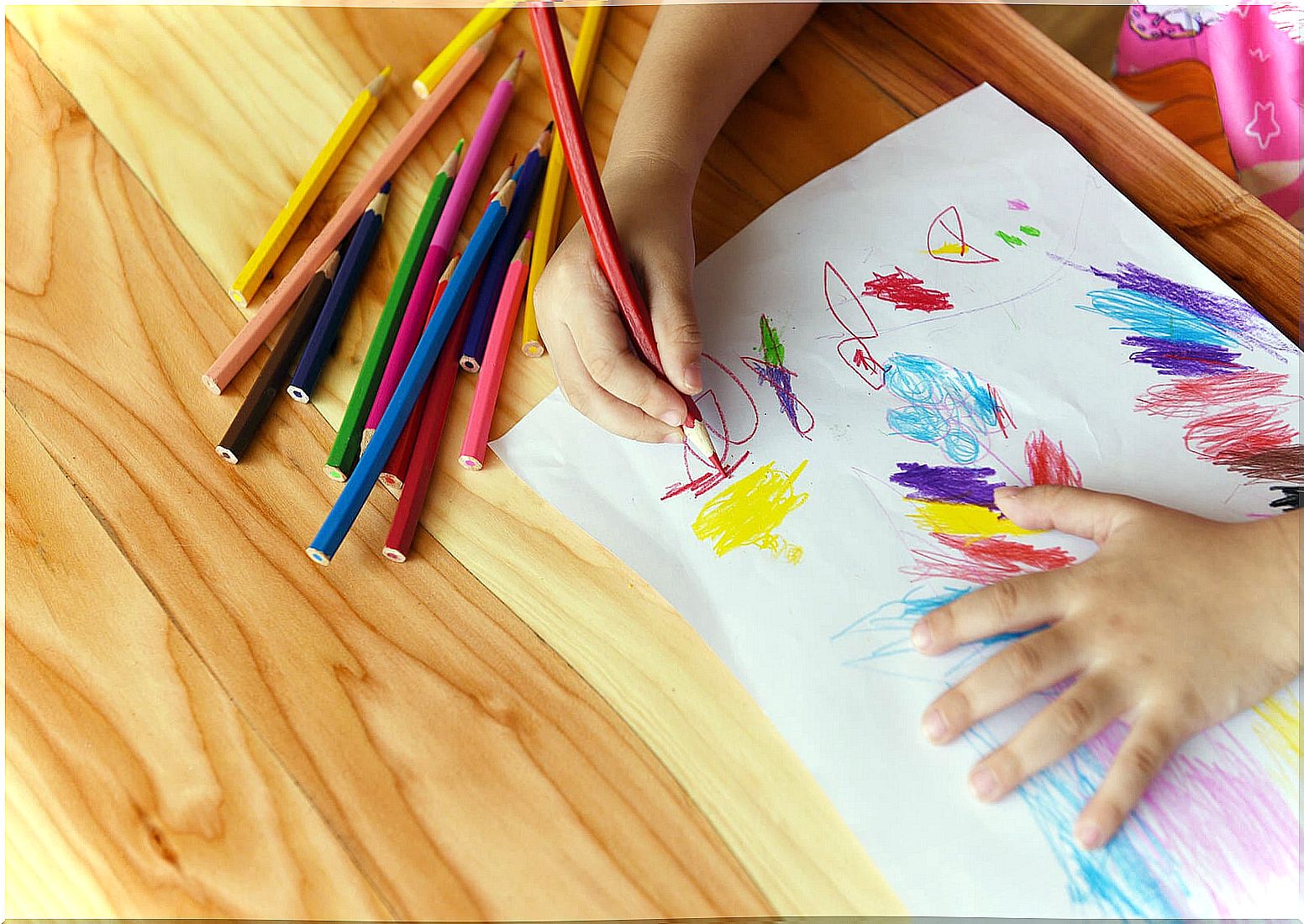
Why is it important to motivate and encourage drawing in our little ones? There is research, such as this one published in the Educare Electronic Magazine , which shows that drawing constitutes a fundamental aspect in the construction of written language. What’s more, they consider it as the child’s first writing.
Already in prehistoric times, drawing played an important role in people’s communication. We know that the system of representation through drawings or ideographic writing was the way our ancestors had of understanding and communicating.
Over time, ideograms became graphic symbols and gave rise to written language. Something similar happens in children. The little ones come to writing through drawing, thus, children’s drawing is a valuable instrument for learning to write.
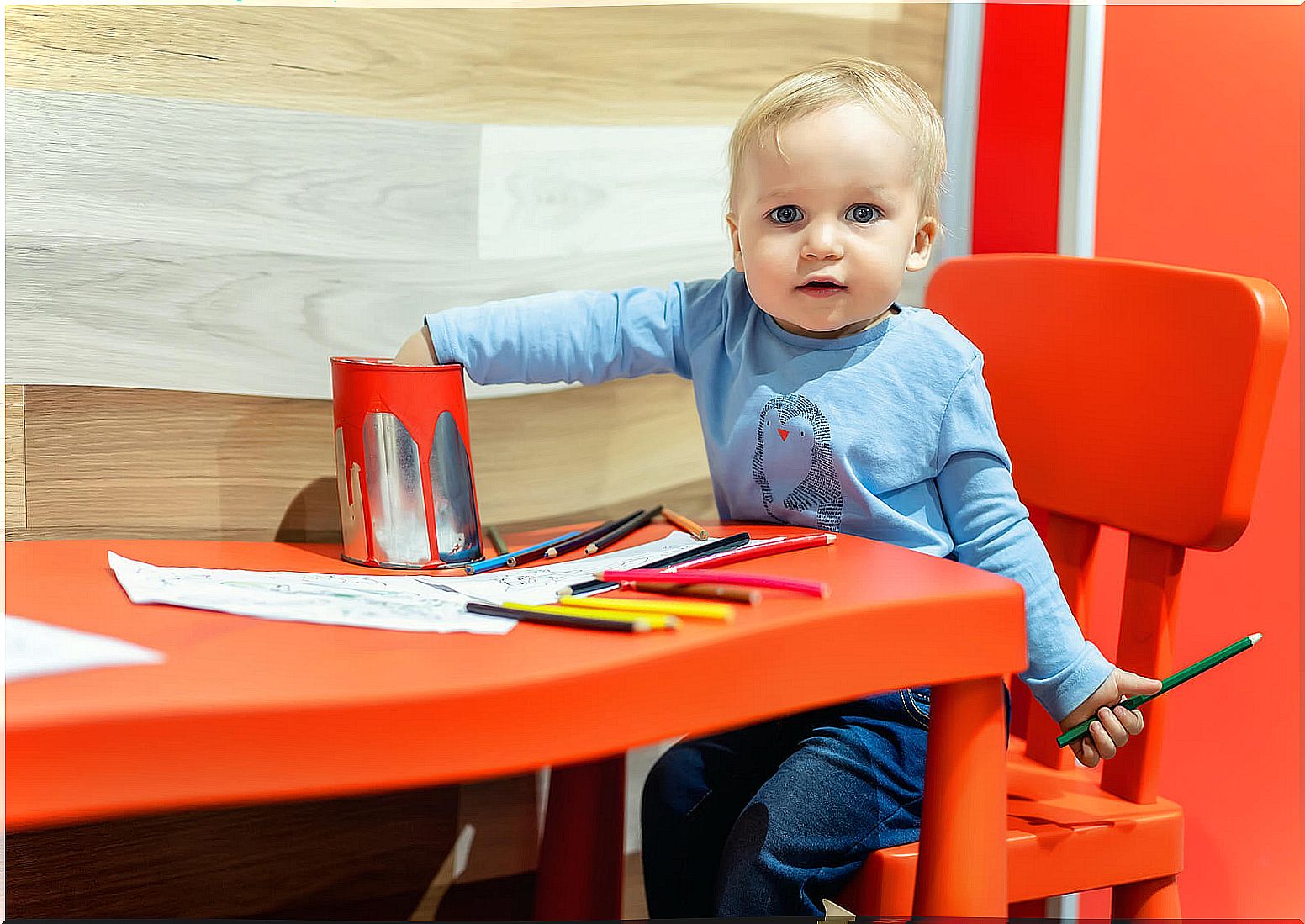
Vygostsky and written language
Vygotsky and his collaborators studied what they call “prehistory of written language in children.” According to his research, the process of learning to write follows a trajectory.
This trajectory begins with the most primary symbols, such as gestures and play. Then there will come another stage, around 18 months, in which children will use scribbling and drawing as a form of writing to finish representing the written word.
On the other hand, Vygotsky understands that there is a very close link between oral language and drawing. It describes that the child, when he draws, usually does so in terms of narration, that is, he draws a story just as he would do speaking.
Thus, Vygotsky concludes that drawing is a graphic language that arises from verbal language. In such a way that drawings in children can be considered as the first stage in the development of written language.
On the other hand, through their graphics, the child begins to develop visual and motor coordination. In addition, he is learning to master the line and to organize his drawings. All these aspects, even if they seem insignificant, are the basis for learning to write.
Drawing in the development of writing
Now, when the child begins to learn to read and write, he does not distinguish between drawing and writing. But he understands writing as an iconographic system that allows him to understand that drawing and writing are forms of communication.
Through drawings, the child can communicate his thoughts, feelings and knowledge about the world around him. So when you draw, you talk to yourself; Through his drawings he expresses what he cannot express with words.
Furthermore, during this first stage, children “read” what they draw, although they vary their reading each time they do it. The important thing is that the little one is giving a meaning to his drawing and considers it as if it were writing.
For example, if we ask a child to write down something or write a story, they will reproduce scribbles or drawings on the paper, even separate them from each other as if they were words. In this way, the little one invents graphic forms that symbolize his ideas and thoughts, a kind of ideogram with meaning for him. So you are creating your “first alphabet”.
For this reason, drawing is considered the child’s first writing. For this reason, it is beneficial to promote motivation in children to express their ideas in drawings. This fact will prepare the minor to understand the conventional aspects of the written language.
Drawing as a form of expression
In addition to the importance of drawing as the first writing in children, it can reveal various aspects about our little ones, such as fears, traumas, desires, moods, who their best friends are, what they like to do the most, etc. . The pictures say many things about themselves.
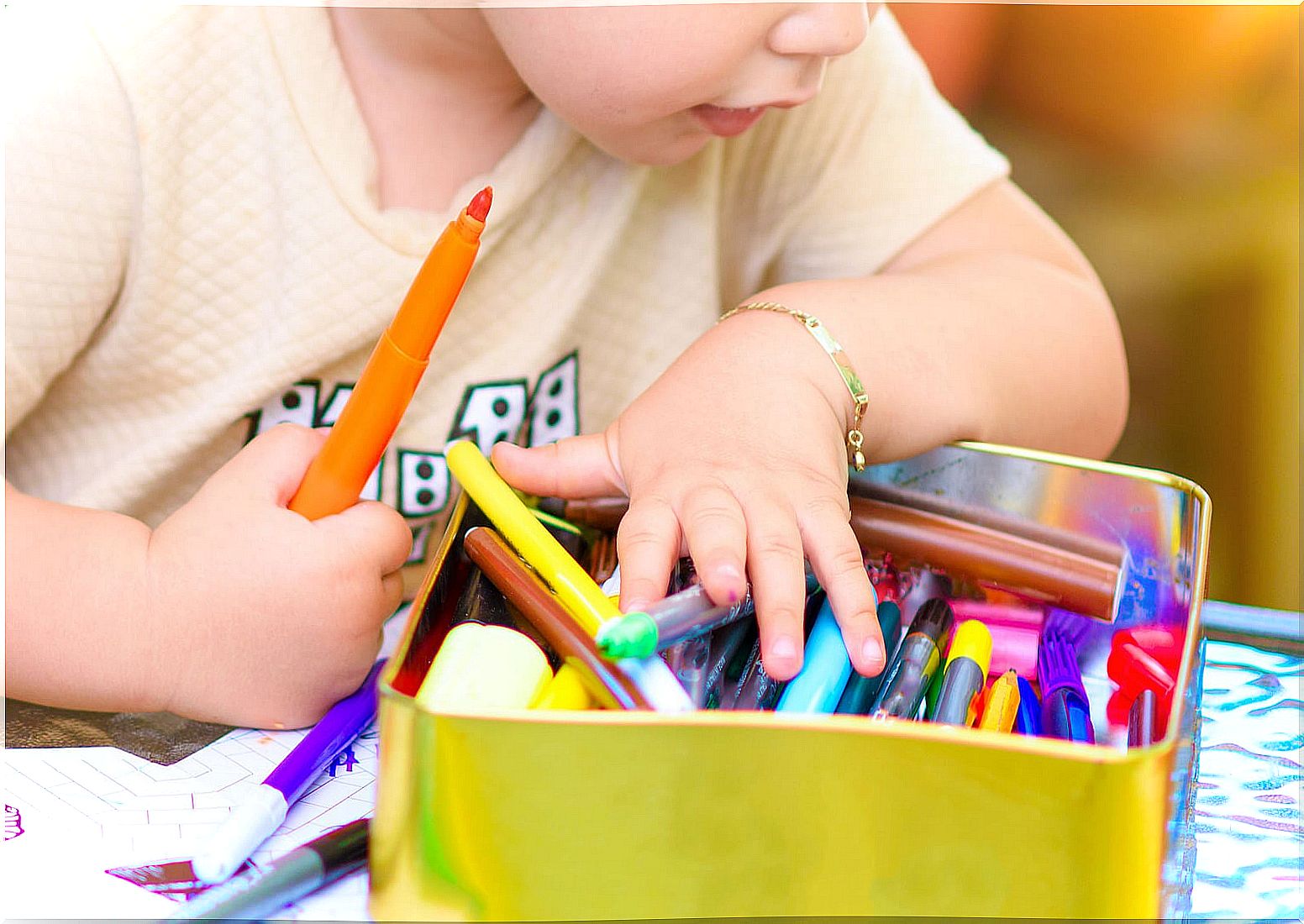
Thus, through drawings, the child can communicate his thoughts, his feelings and his knowledge about the world in which he lives.
The youngest, when he draws, talks to himself; he draws not only what he sees, but what he feels and how to interpret the world around him. Through his drawings, he expresses what he cannot do with words. For this reason, on many occasions, they reflect the character of the little ones.
There are several representative indicators in children’s drawings that allow knowing the personality of the child. Among them are the size of the drawing, the colors it uses, the location on the sheet and, of course, the content itself.
Drawing as a child’s first writing: recommendations
Drawing can be considered as a privileged instrument used by children to express their thoughts and feelings, which is why it has the same value as words and is their first form of writing.
Therefore, both parents and educators must encourage and motivate our little ones to draw and have fun doing it. Although not all children have the same ability to draw or are equally creative, it is essential that adults show enthusiasm and approval when children draw us a picture or when they bring it from school.
Similarly, we must value their spontaneity and let their imagination run wild. It does not matter if the child places the sun at the bottom of the page or a fish on the mountain, or if he colors a tree black. It is not a reason to correct or scold the little one. It is important to let it express itself freely.
Now, we must bear in mind that drawing is not doing homework, although it is the fundamental basis in learning to read and write. Drawing should be a fun and playful activity for the little ones.
